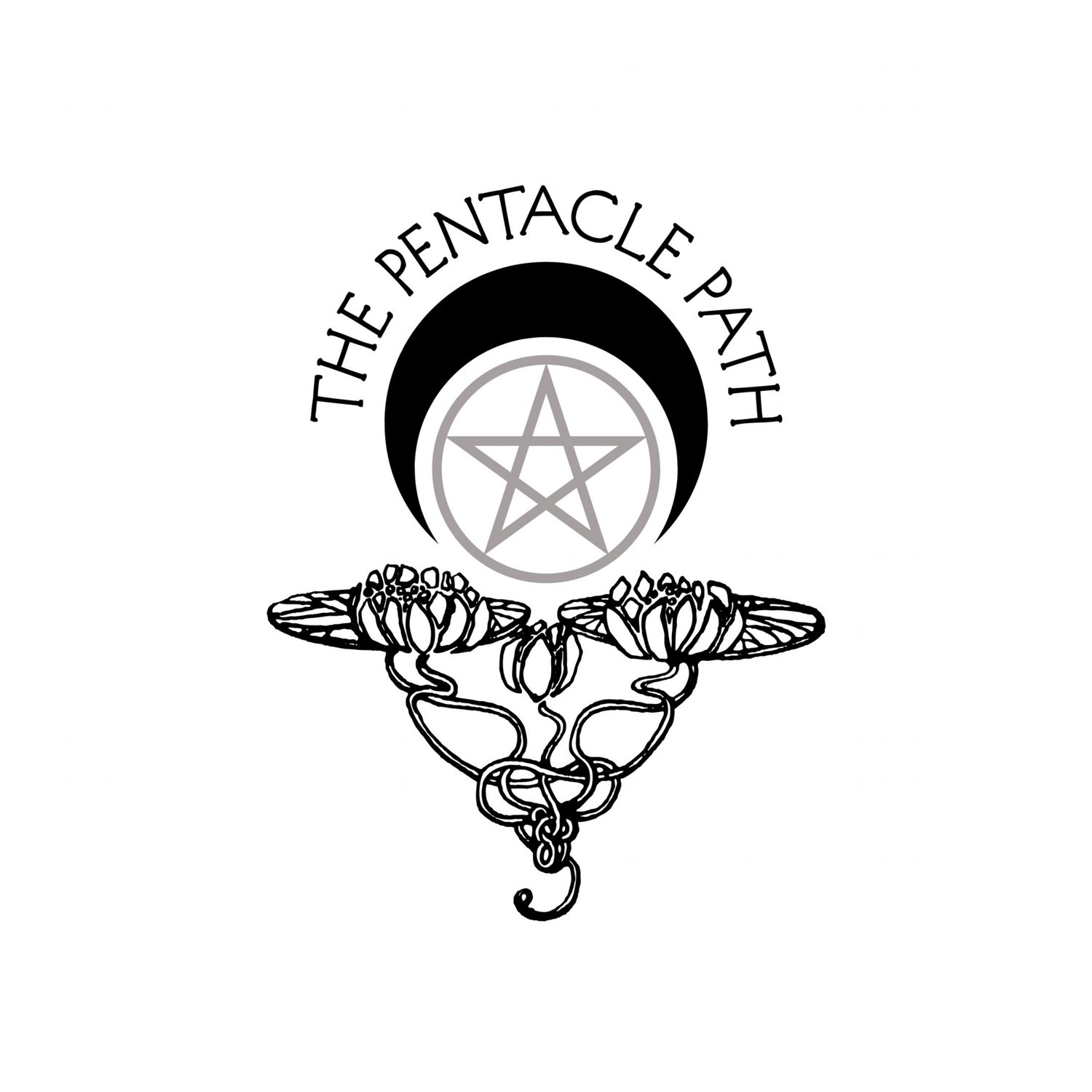The New Year is a great symbolic marker for fresh starts and change and a fantastic time to reflect and focus your energy on ridding yourself of negative habits and people, while creating a vision for what you want. As January 1st draws near, many people will be spending the hours before midnight setting goals, reflecting on the year, and conducting a variety of rituals in hopes of bringing positive developments. Over the last 5 years I’ve consciously used ritual to facilitate my own personal healing, empowerment, and manifestation work. I’ve found the practice to be incredibly helpful in my life — in fact, one of the reasons I started The Pentacle Path was to be able to share some of my personal tools and practices with the general public. The New Year is a symbolic and powerful time to practice ritual. And ritual — science is confirming — can help us process, heal, and accomplish goals.
What is a Ritual?
Although widely used and valued by the theistic religious community, ritual is often relegated to the world of ‘woo’ in non-religious and secular communities. Interestingly, there’s a growing body of academic work that explores the power of ritual in psychological and emotional well-being that points to its efficacy regardless of religion or lack thereof. The literature points to a number of benefits of ritual including strengthening social connections, reducing grief, reducing performance-related anxiety, and re-establishing a sense of control to those who perform.
I think much of the misconception about ritual stems from its definition. For the purposes of this article I look to Norton and Gino, some of the foremost modern scholars on ritual, who define the practice as ‘a symbolic activity that is performed before, during, or after a meaningful event in order to achieve some desired outcome’. Contrary to popular belief, there doesn’t have to be an associate with a deity or religion — ritual is just a mindful, symbolic activity performed to create a particular result. Examples include religious rites like prayer and baptisms, but can also include secular rituals like commitment ceremonies, manifestation work like vision boarding, performance rituals like athletes wearing a particular charm or piece of clothing before a game, meditation and affirmation practice.
Ritual can help us process grief
Throughout the ages, humans have used ritual to cope with grief. Funeral practices, for instance, are a ubiquitous phenomenon that range from a jazz procession in New Orleans to sky burials in Yazd. Whether it’s mourning the loss of a lover, a job, or a home, people develop personal an unending assortment of rituals to cope with grief and process the complex feelings that accompany it.
In 2013, Norton and Gino conducted three experiments to explore the impact of mourning rituals — after losses of loved ones, lovers, and lotteries — on mitigating grief. The authors found that participants who were directed to think about past rituals or were told to complete rituals after experiencing losses reported lower levels of grief than those who did not.
Rituals can lower anxiety and help improve performance
Anxiety is a terrible beast that can stunt personal growth, create misery, and cripple performance. In 2015, Brooks et al investigated ritual’s effects on anxiety and performance by asking study participants in the experimental group to complete a ritual before singing publicly. They then measured self-reported emotional experience and singing quality (which was assessed by voice recognition software). Through the study, they found that having participants complete a ritual before an anxiety- inducing performance task reduced self-reported anxiety and improved subsequent singing performance. In 2017, Hobson et al expanded on this work, finding that ritual dulls neural response to performance failure and can then guide goal-directed performance.
Ritual can help us establish control
The underlying mechanism of ritual appears to be the establishment or restoration of feelings of control in those who practice. Norton and Gino discuss,
“Despite the variance in the form that rituals take, we propose that a common psychological mechanism underlies their effectiveness: a restoration of feelings of control that losses impair. Indeed, people who suffer losses often report feeling “out of control” (Low, 1994) and actively try to regain control when they feel it slipping away (Brehm, 1966); feeling in control in turn is associated with increased well-being, physical health, and coping ability (Glass & Singer, 1972; Klein, Fencil-Morse, & Seligman, 1976; Rodin & Langer, 1977). Some qualitative data offer initial evidence for the link between rituals and control; for example, the extent to which athletes and fisherman engage in rituals is related to the unpredictability of their jobs (Gmelch, 1971; Malinowski & Redfield, 1948; see Whitson & Galinsky, 2008). We suggest that the use of rituals serves as a compensatory mechanism designed to restore feelings of control after losses, and that this increased feeling of control contributes to reduced grief.”
It’s this restored sense of control that ritual provides that makes the practice so powerful. In my own practice, I’ve found that this sense of control I gain through ritual coupled with the targeted time for reflection and action ritual provides to be incredibly empowering. What could be more liberating than a reminder that you are in control of your destiny?
Ritual as a Tool for Inner Revolution
As this year draws to a close, it’s the perfect opportunity to make time for ritual. Whether it’s a destruction or banishing ritual, a healing ritual, a rebirth ritual, a resolution or commitment ceremony, or a visioning or manifestation session, the time is ripe to set yourself in motion for the next year. This is the first article in the Ritual as a Tool for Inner Revolution series where I’ll discuss topics ranging from the nature of ritual to specific practices readers can use. This coming year I’ll be writing about a wide-variety of ritual practices that you can incorporate into your daily life. So until then, Happy New Year!

